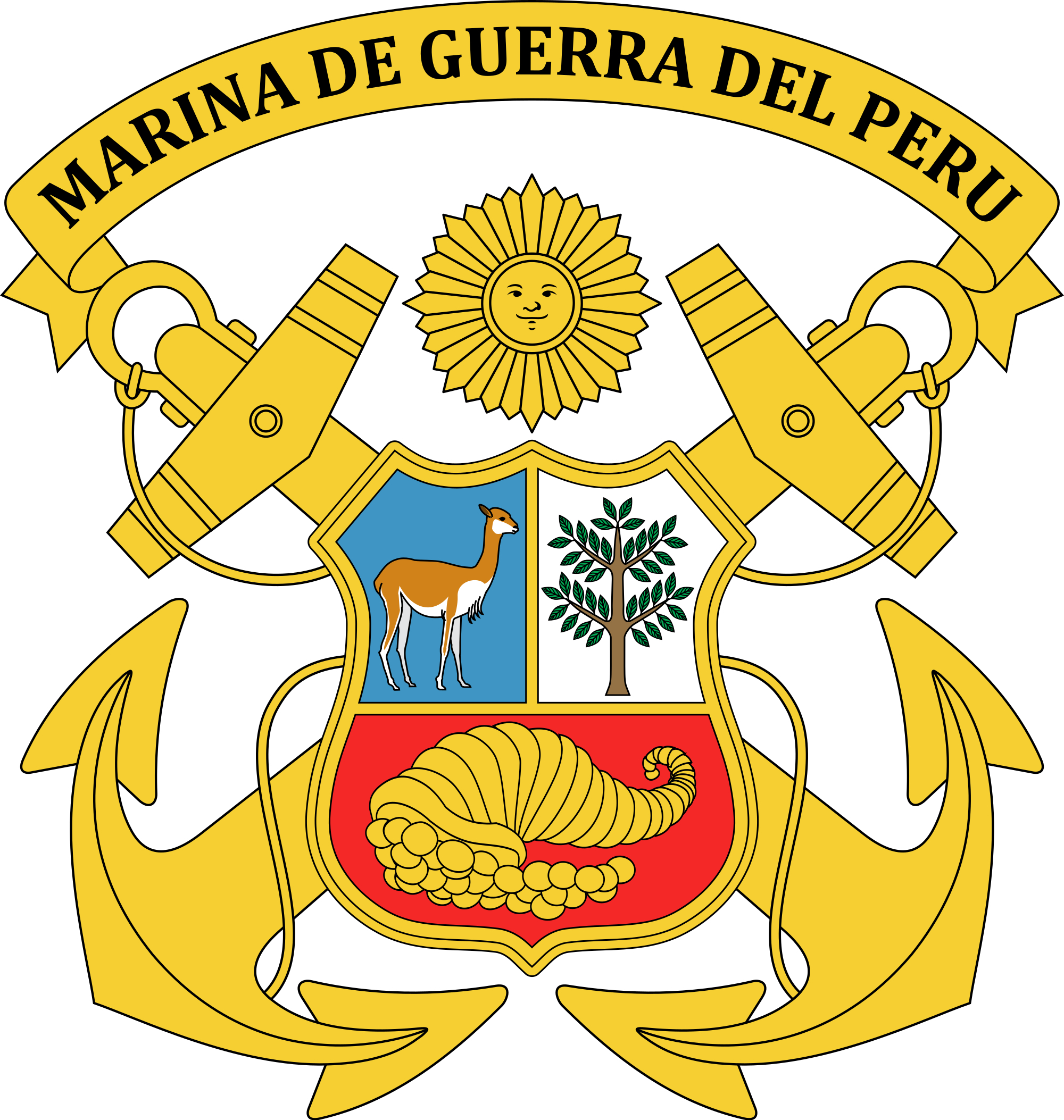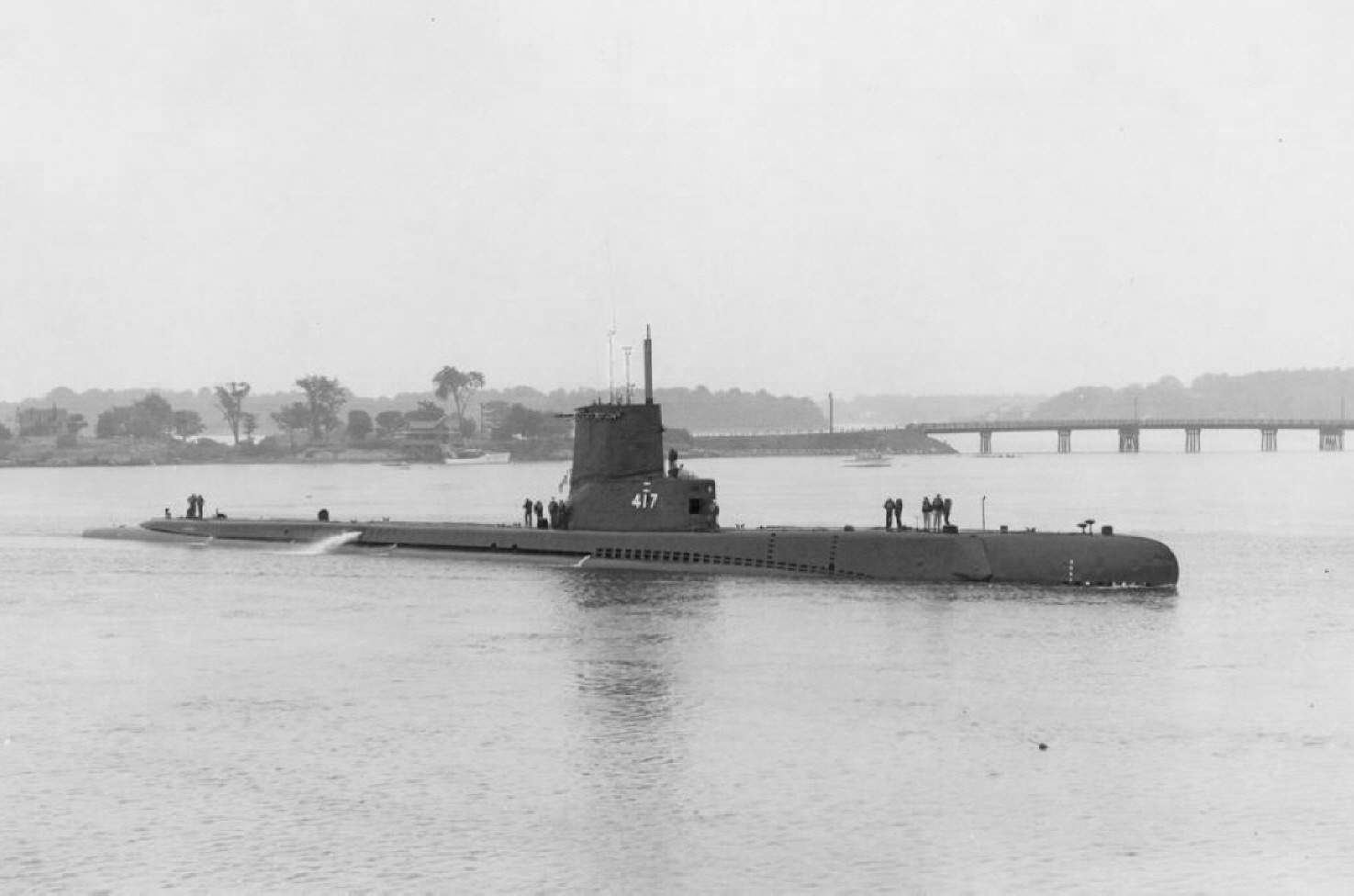

Combat of the Marga-Marga (1976)
The false sinking of a Peruvian submarine by the Chilean Navy
Not to believe it, Chile, which has taken so much from Peru since 1879 [Province of Arica (at that time belonging to the Department of Tacna) and Department of Tarapaca (with its Provinces of Tarapacá and Iquique), the Monitor “Huascar”, more than 40,000 books from the National Library of Peru, pisco (called in the 16th Century 'aguardiente de Pisco'), pisco sour, about two dozen typical gastronomic dishes, the origin of the potato, shot of 'chalaca', etc.], it turns out that he has also appropriated a curious and little known Peruvian naval history that in short is the following:
“Between 1970-1971 during the military government of General Juan Velasco Alvarado, four surface ships (destroyers) and three submarines belonging to the Peruvian Navy carry out naval exercises in the south of the country days prior to the UNITAS exercises (naval exercises carried out —since 1959— each year by the United States Navy in conjunction with other Latin American Navies); during these exercises, one of the participating destroyers, using its sonar, detects the presence of an intruder submarine (a fourth submarine), the protocols established to force it to surface are quickly followed and, given the repeated refusal to obey the orders, offensive measures are taken to kill it. The attack managed to cause damage but the spy submarine managed to flee. After the incident Intelligence of the Peruvian Navy obtains information that the submarine in question was of chilean nationality, it was the Thomson (SS-20) and that the damage caused was to its sail or tower”.
Well, that is the story that —word for word and enormous cynicism— Chile has stolen from Peru, it has called it Combat of the Marga-Marga and has published a misleading book about it in 1999 and then another in 2016 that is nothing more than an imitation of the book from 1999 where they are the ones who destroy a Peruvian submarine.
This naval history -or legend- is Peruvian, it was born in the first phase of the military-revolutionary government of Peru (1968-1975) and whatever it may be, be it a story or be it a legend, the truth is that it is a narrative authentically Peruvian, she was born to the Peruvian sailors of the early 70's and it is very grotesque that she has also been the object of theft by Chile.

© http://www.navsource.org
USS Tench (SS-417)
One of the 31 submarines named Tench Class, the SS-417,* was sold to Peru in 1976 (September 16) –after modernization (in 1951) by the GUPPY IA Program– to be scrapped. The Peruvian Navy never assigned a name and a numbering since it was only acquired for spare parts for the B.A.P. Pacocha (SS-48) and B.A.P. La Pedrera (SS-49) of the Balao Class acquired two years before; the Peruvian Navy always called him Tench or ex-Tench.
* The USS Tench (SS-417) built in 1944 it was the first of its type or class and until 1951 31 of them were manufactured. As is the custom of the shipyard, all production from the same series takes the name of the first one that is built:
Tench Class comes from USS Tench (SS-417); 31 submarines of this class were manufactured. The Peruvian Navy acquired 1 of them in 1976, precisely the first, the USS Tench (SS-417).
Balao Class comes from USS Balao (SS-285); 120 submarines of this class were manufactured. The Peruvian Navy acquired 2 of them in May 1974.
Gato Class comes from USS Gato (SS-212); 77 submarines of this class were manufactured. The Peruvian Navy did not acquire any of them.
After the Second World War, part of these three Classes of North American submarines were updated by the GUPPY Program.
HOW WAS THE FALSE MARGA-MARGA COMBAT DESIGNED?--------------------------------------------
1.- A few days after the UNITAS multinational exercises —corresponding to the year 1976— carried out with the North American Navy at the same time, was the Peruvian Navy doing naval espionage work in Chile along with the Soviet Navy?
; this makes no sense and is totally absurd basically for two reasons: First.- "The Peruvian Navy was the only Peruvian military institution that had not turned the Soviets into its main suppliers" during the Revolutionary Government of the Armed Forces (1968-1975), not even in its second phase (1975-1980); From the beginning, the Navy made known its displeasure with General Juan Velasco's policy; as has been written, it did not acquire any Soviet weapons as the Peruvian Army and the Peruvian Air Force did. The Peruvian Navy in those years had absolutely no relations or dealings with the Soviet Union.2.- Is the USS-Tench (SS-417) acquired by the Peruvian Navy on September 16, 1976 commissioned and sent six days before it arrives in Peru to Valparaíso to spy on Chile? chilean version this submarine was in chilean waters on September 10 of that year when it was sunk by them
; this doesn't make any sense and is totally absurd basically for two reasons: © https://www.pinterest.com.mx USS Tench (SS-417) 1944 to 1951: Original Configuration - US Navy |
 © https://www.usmilitaryart.com USS Tench (SS-417) 1951: Modernized by the GUPPY Program variant IA 1976: Acquired by the Peruvian Navy |
3.- Did the families of the Officers, NCOs (Non-Commissioned Officers), Technicians, Sailors, etc. of the USS-Tench (SS-417) [a Crew of more than 70 men] supposedly sunk by the Chilean Navy on September 10, 1976, they never complained to the Peruvian Navy or to the Government of Peru that their loved ones never returned home?
; this makes no sense and is totally absurd.4.- Did the Peruvian Navy baptize the submarine USS-Tench (SS-417) as B.A.P. Rimac (SS-47)?
; this makes no sense and is totally absurd. The explanation is in the box below:
|
 © http://www.shipbucket.com USS Gato (SS-212): Original Configuration 1941-1943: 77 submarines of Gato Class were built |
 © http://www.shipbucket.com USS Balao (SS-285): Original Configuration 1942-1946: 120 submarines of Balao Class were built |
 © http://www.shipbucket.com USS Tench (SS-417): Original Configuration 1944-1951: 31 submarines of Tench Class were built |
| 2 | GUPPY I | in 1947 |
| 24 | GUPPY II | between 1948 and 1950 |
| 10 | GUPPY IA | in 1951 |
| 20 | Fleet Snorkel | in 1953 |
| 16 | GUPPY IIA | between 1952 and 1954 |
| 4 | GUPPY IB | in 1954 |
| 9 | GUPPY III | between 1960 and 1962 |
Iván Illanes Mendoza